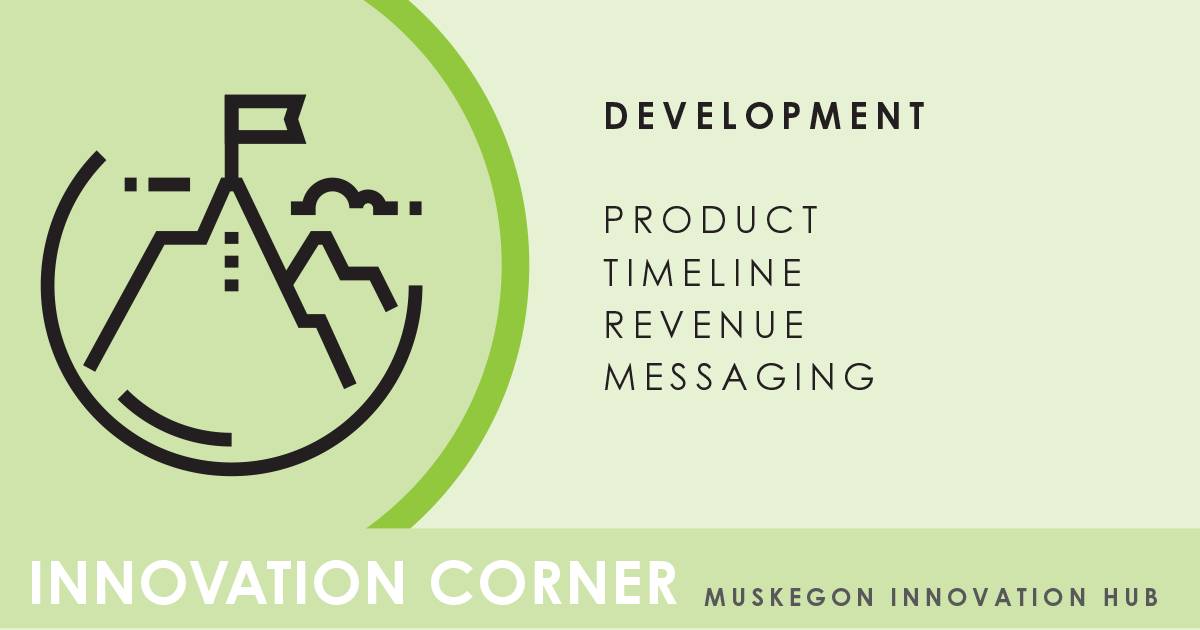Innovation Corner
Permanent link for Patent Mistakes Inventors Make on October 6, 2023
Publicly discussing or using the invention before filing
Once a patent has been publicly disclosed, inventors have twelve months to file a patent. Beyond that, and you not only lose the right to patent your invention, but open up the possibility that someone else can file for a patent on it. With the U.S. now using a first-to-file system, it's especially important that the inventor be the first to file.
There are two relatively easy solutions to this: file a provisional patent, and use of non-disclosure agreements (NDA), also known as confidentiality agreements. To maintain the priority date, a non-provisional patent cannot make any claims that were not in the preceding provisional patent, so think through writing the provisional with care to ensure that you don't leave any possible claims out. For NDAs, you should be sure to specify the parties involved, the type of information that is covered, the duration of time during which confidentiality must be maintained, the period of time during which the parties will work together under the NDA, and how confidential information will be marked. You then need to make sure that any confidential information shared is appropriately marked.
Missing the filing deadline
It's easy, when you're busy and focused on developing your invention, to miss those important filing deadlines. The USPTO is closely regulated under federal code of regulations, and sympathy is not part of those regulations. Be prepared to file early, and remember that it typically takes several months for lawyers to prepare a patent for filing.
Skipping the prior art search
Many inventors make the mistake of thinking that because an invention is new ("novel," in patent language) to them, it's new to the USPTO. This is rarely the case. A detailed search of the prior art is necessary to figure out just what aspects of the invention qualify as both novel and non-obvious. This requires searching for past and existing products, searching the technical literature, and searching prior patents. A good patent search by a law firm will typically cost $600 to $1,000, and be worth every penny in both reducing the time and cost of filing a patent, and ensuring that you have the strongest possible patent.
However, you can get 80% of the way there with other services. Google is a good place to start. The USPTO has a searchable database of patents, and many other countries offer similar online services. The Small Business Development Center (SBDC), a service offered in partnership with the Small Business Administration, can also perform a patent search and landscape analysis; if you're in Michigan, request their free business services here; other states have similar offices.
Penny-wise but pound-foolish
Patents seem like they should be simple, but the regulations and best practices needed to successfully defend a patent make them complex legal documents. Even the filing requirements, spelled out in 37 CFR, are arcane. To make it through the USPTO approval process, and have a chance at standing up to challenge, patents have to be in the right format, with properly formatted drawings, correct signatures, and legally defensible claims and backgrounds. Filing a patent yourself will be the cheapest solution, and might even seem like a financially sound move, but if your invention is really worth patenting, then it's worth hiring a qualified patent attorney to get the patent right.
Categories:
entrepreneurship
invention
Posted
by
Thomas Hopper
on
Permanent link for Patent Mistakes Inventors Make on October 6, 2023.


